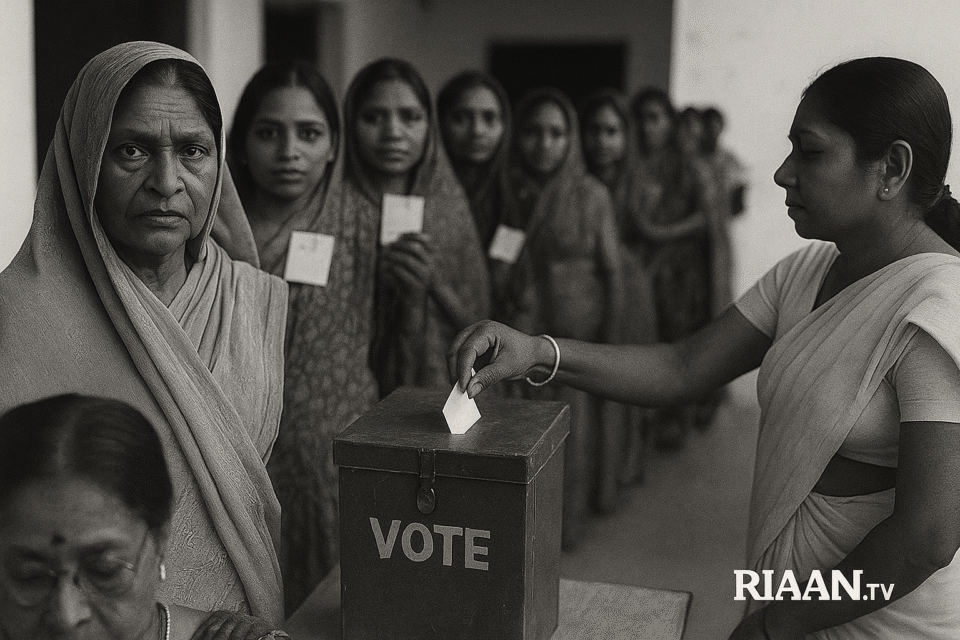In India’s recent by-elections, women voters turned out in record numbers—surpassing men in several key states. Yet the percentage of elected women in legislative bodies remains frustratingly low.
They waited in line longer. They walked farther. And they showed up in larger numbers.
In this year’s by-elections, women across states like Bihar, Odisha, and West Bengal didn’t just turn up—they outvoted men.
It was a democratic roar.
But here’s the catch: even as women now dominate voter rolls, they remain nearly invisible in power corridors.
The Numbers Tell a Stark Story
Women comprised over 52% of voter turnout in multiple districts, according to Election Commission figures.
But just 9% of total candidates were women. In Parliament? Still hovering around a dismal 15% representation.
Why the gap?
Party leadership still sidelines women, often labeling them as “non-winnable.” Ironically, when women do get tickets, their win rate is statistically higher in closely fought races.
Political analyst Meera Dey calls it what it is:
“It’s not about merit—it’s about systemic bias. Women are allowed to vote, but not rise.”
The Same Promises, Every Election
Every major party has at some point promised greater inclusion.
But when ticket distribution comes around, women are offered crumbs—often only in “safe” or symbolic seats.
The much-hyped Women’s Reservation Bill, passed in 2023, remains entangled in bureaucratic fog and phased implementation. Until then, nothing compels parties to act.
The Ground Is Shifting—But Slowly
Grassroots change is coming. Local panchayats and urban municipal bodies are seeing more vocal women leaders.
But the national stage is still a fortress.
Seema Yadav, an aspiring candidate from Patna, puts it plainly:
“We’re not asking for favors. We’re asking for a seat we’ve already earned—vote by vote.”

